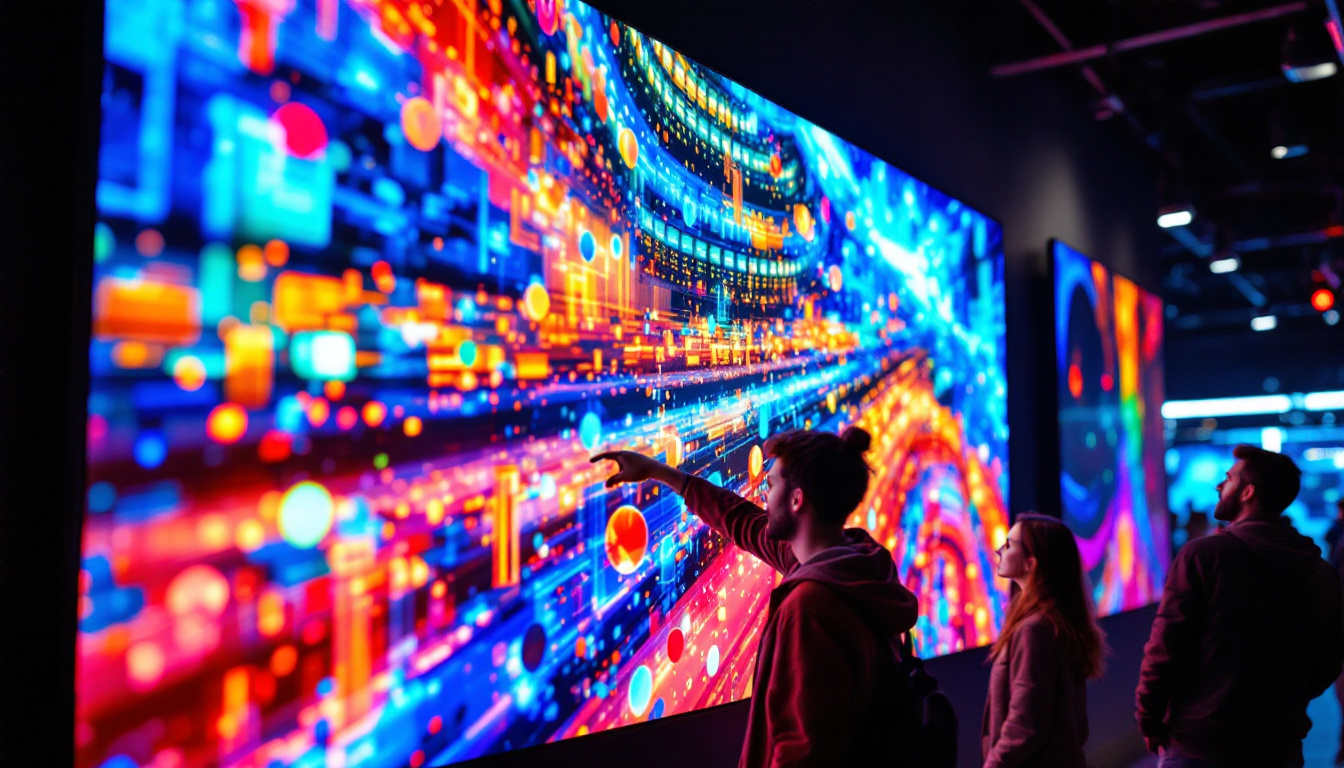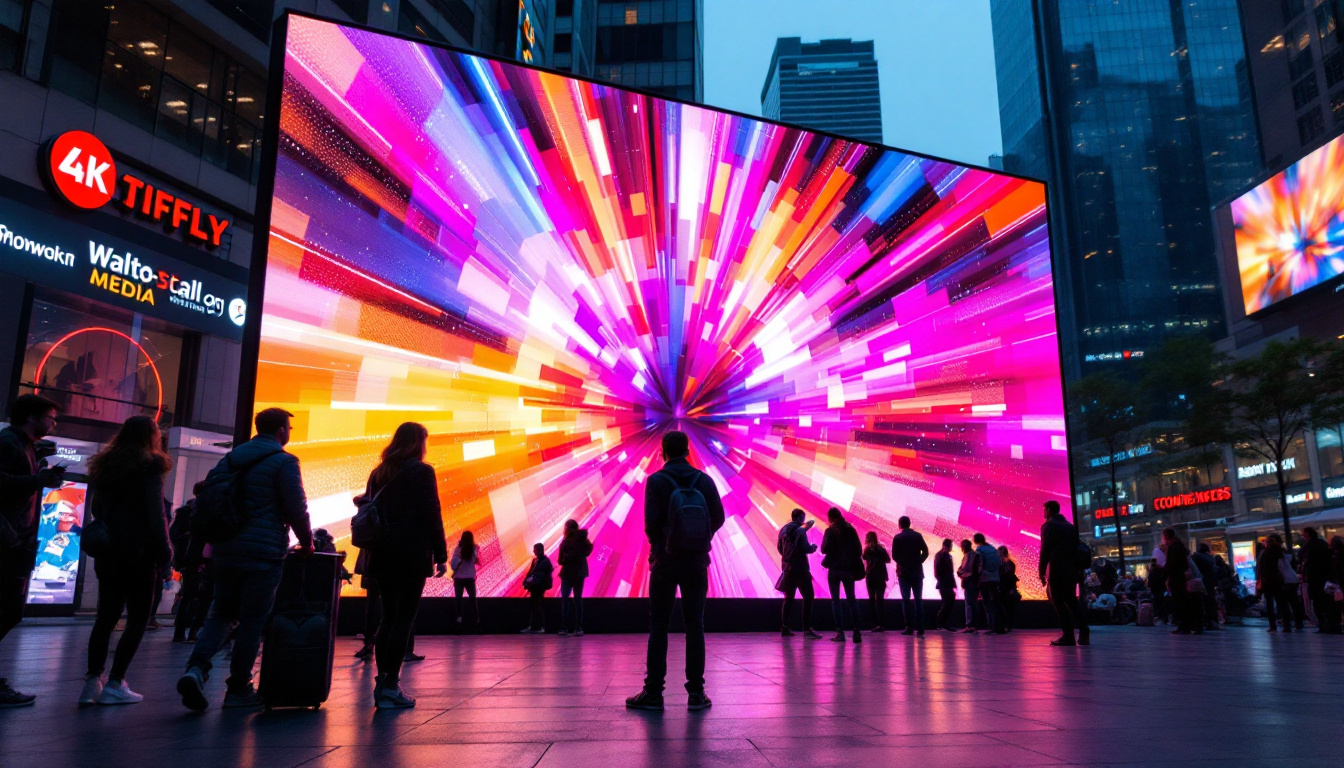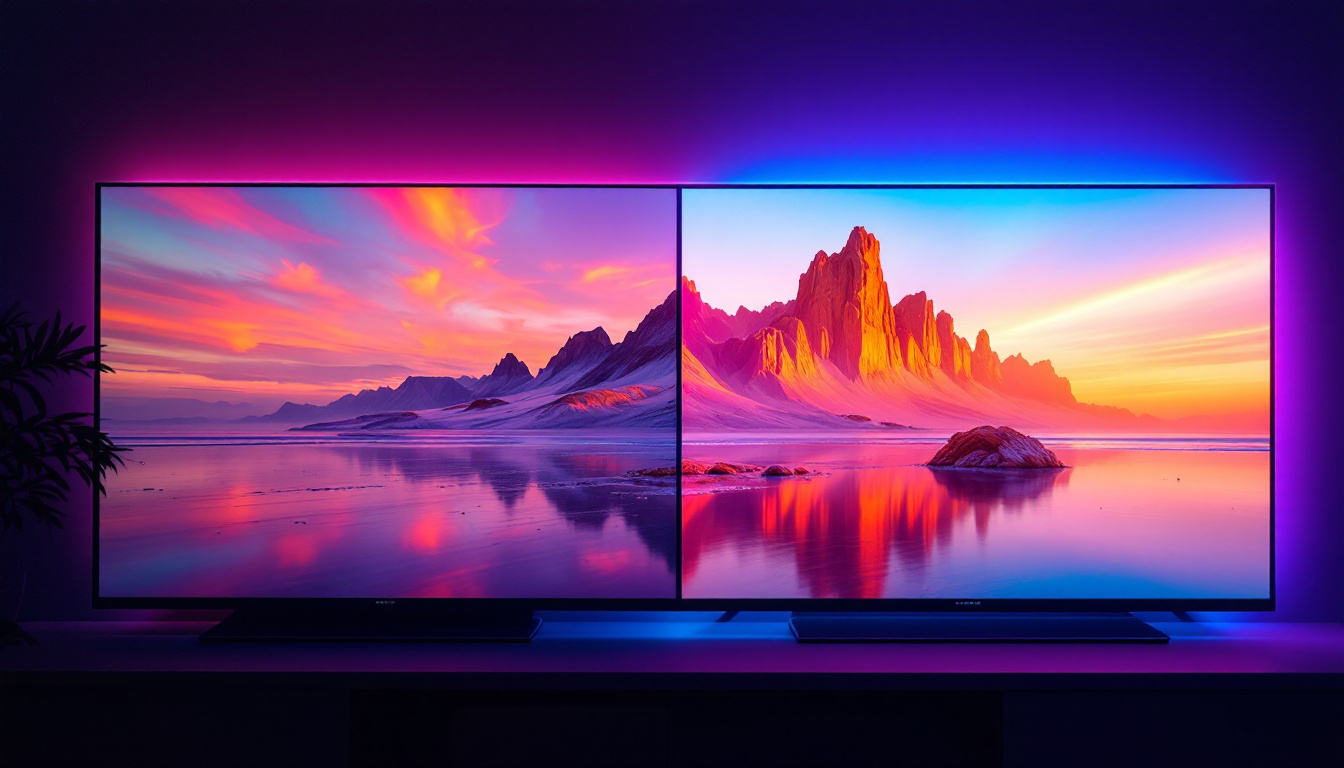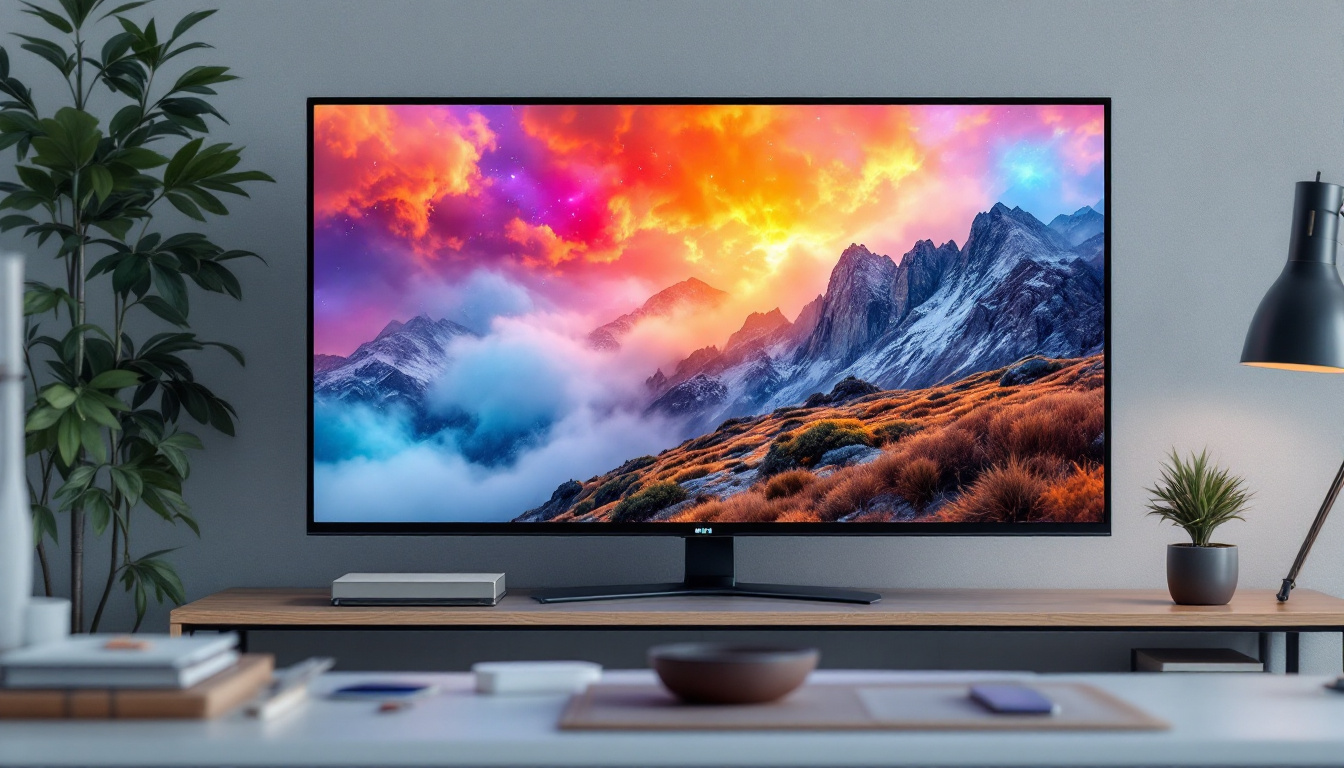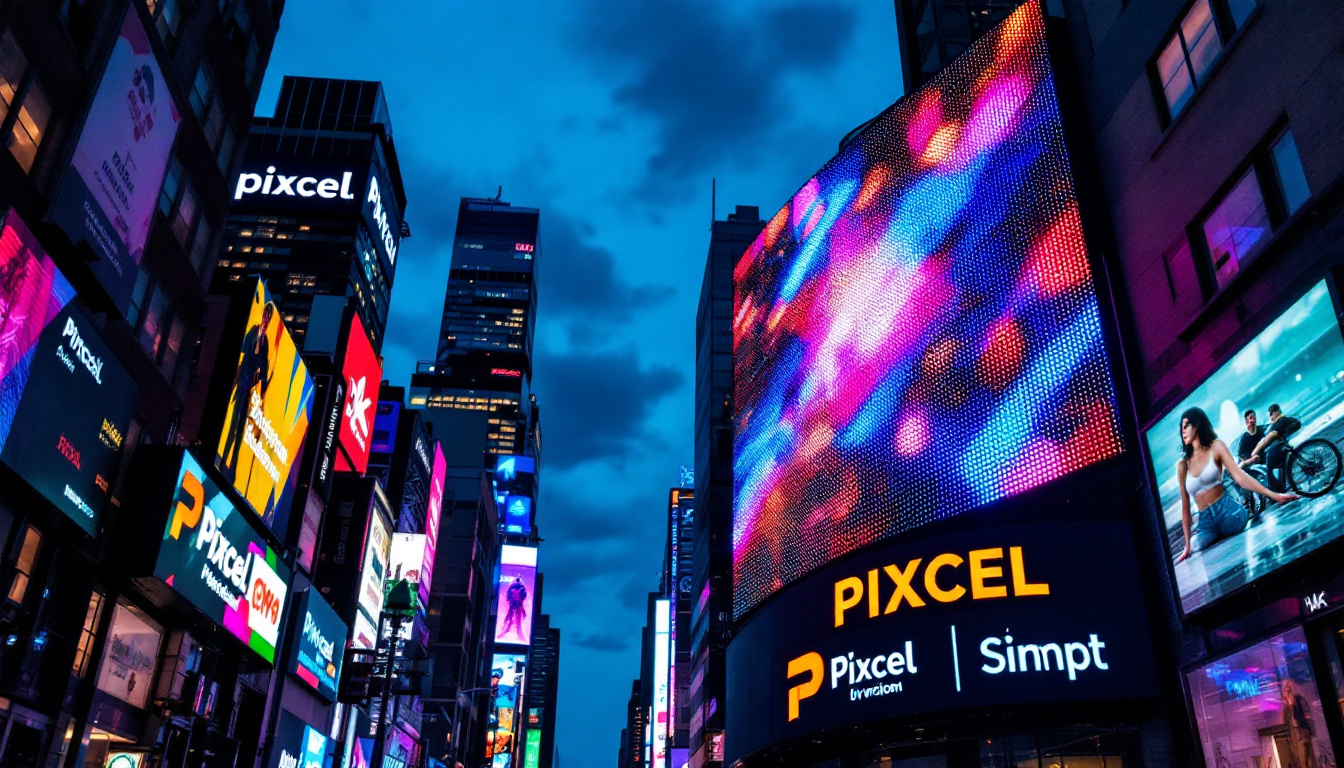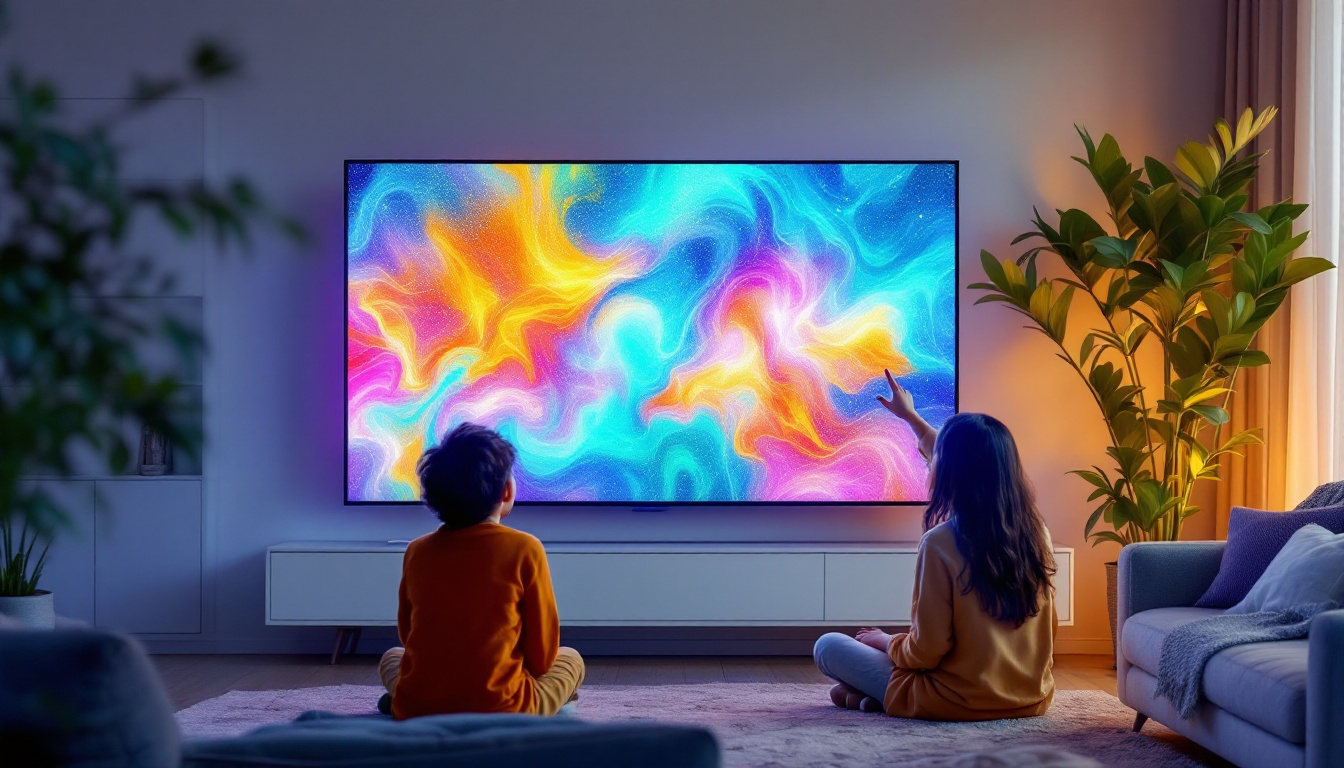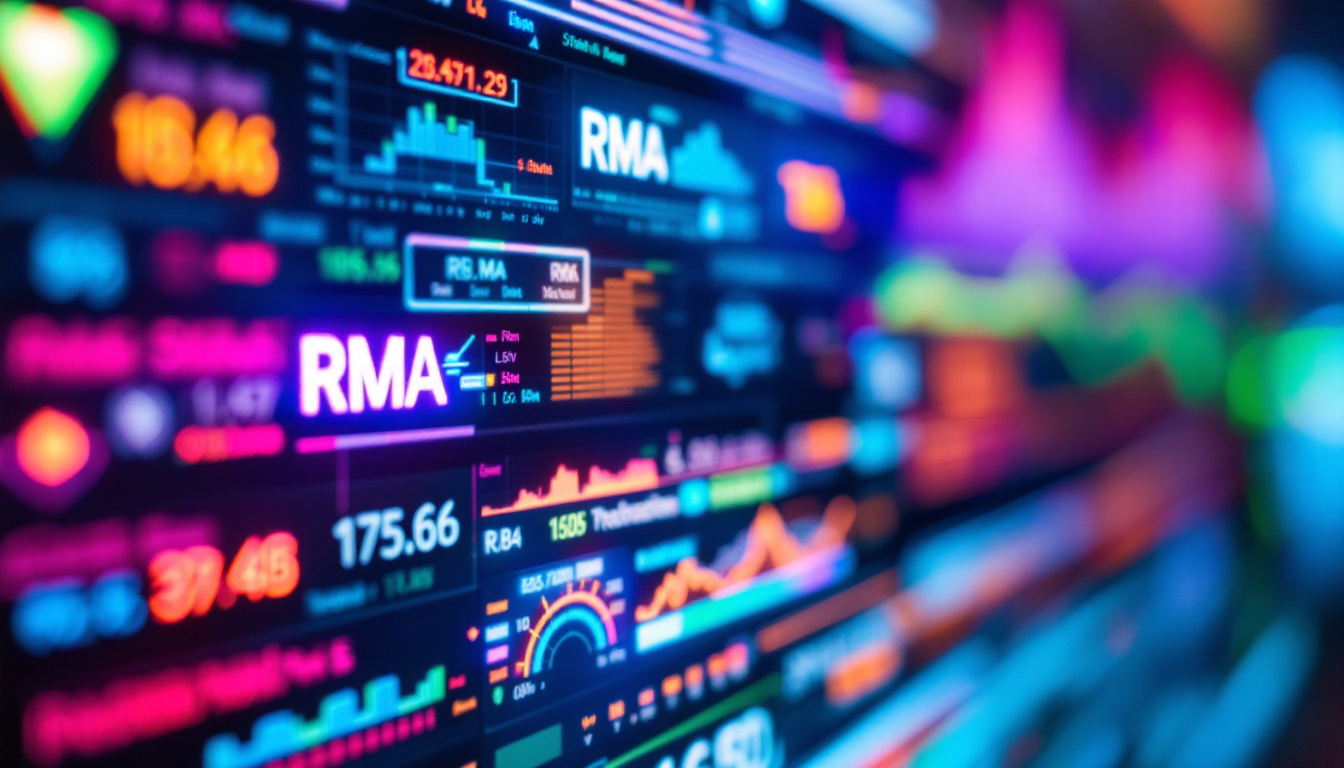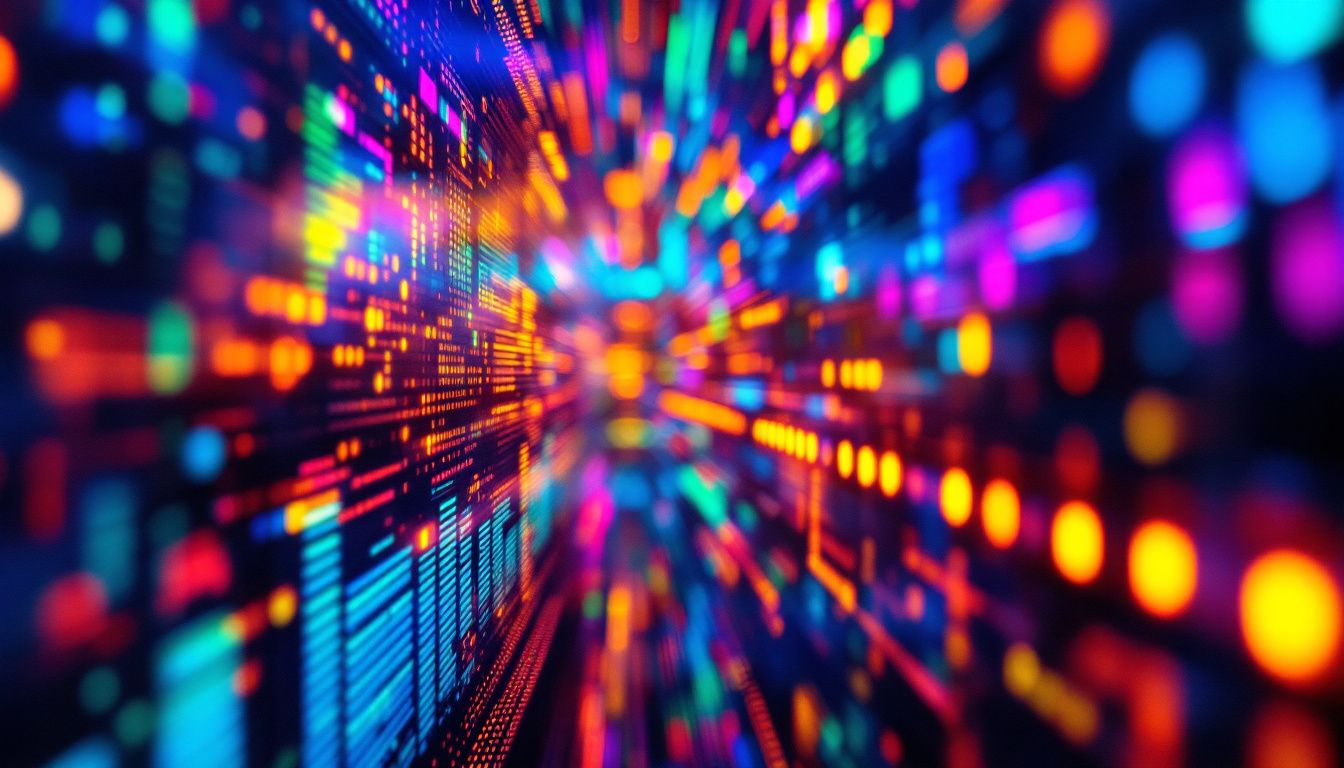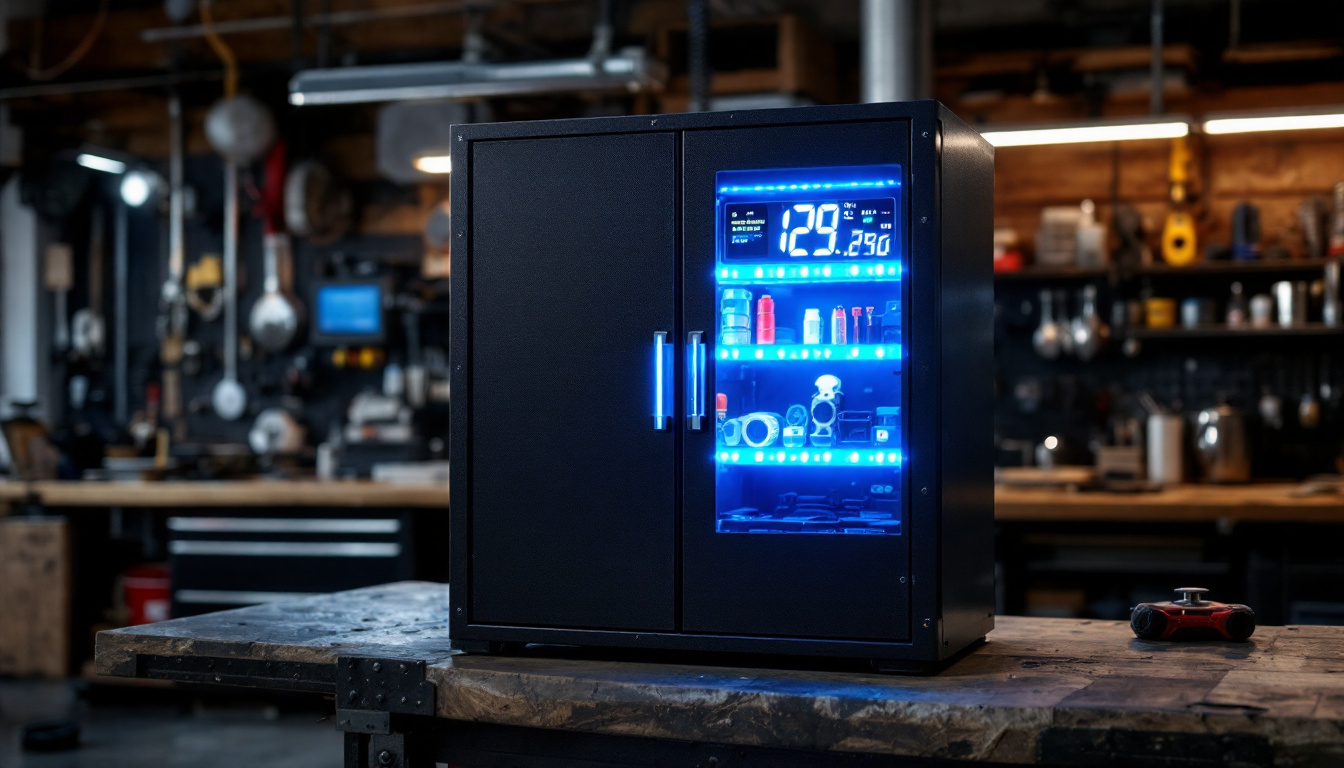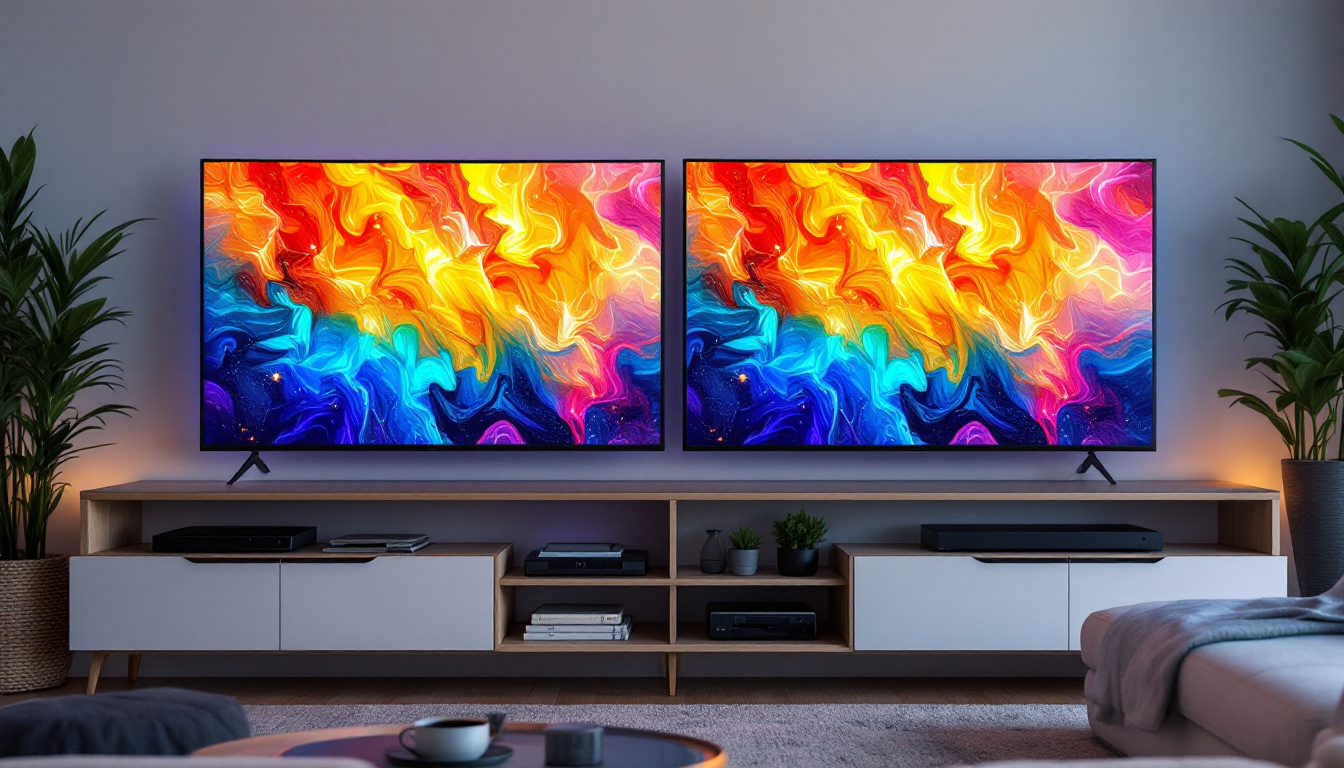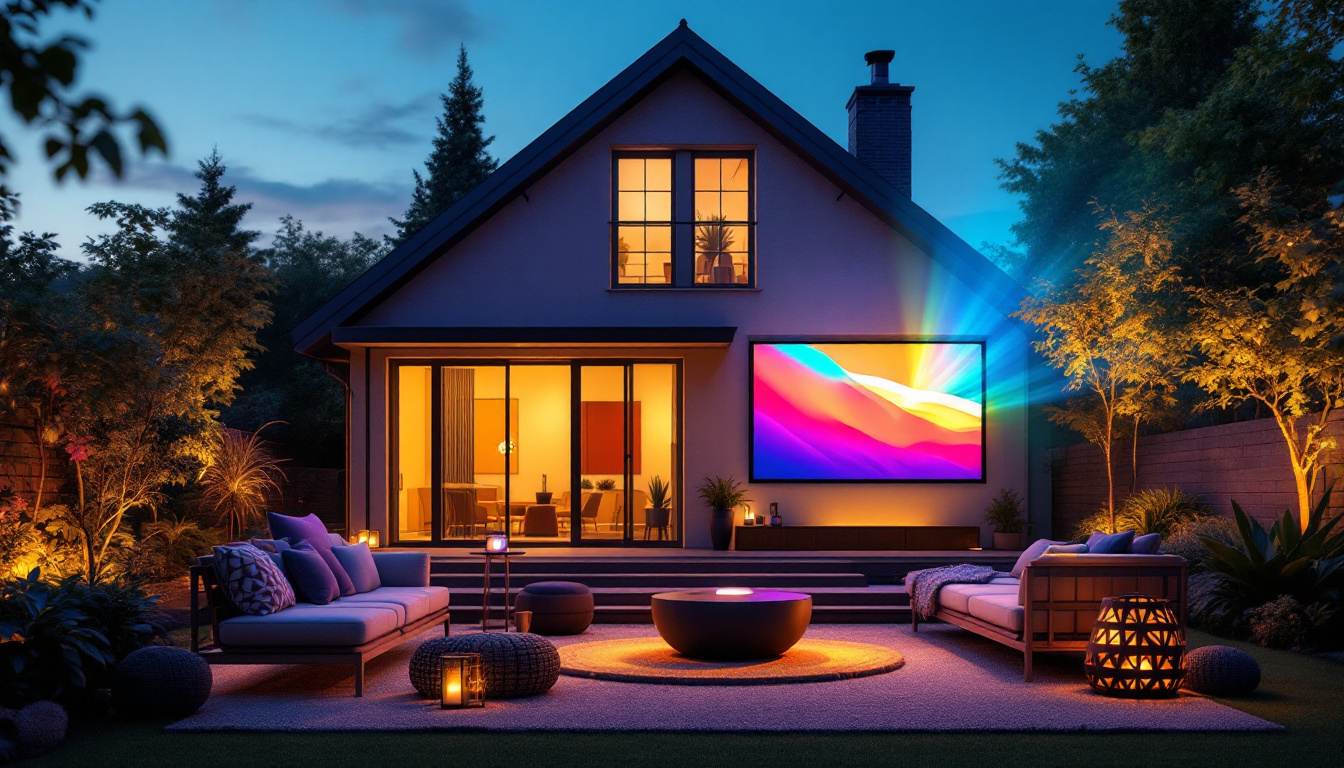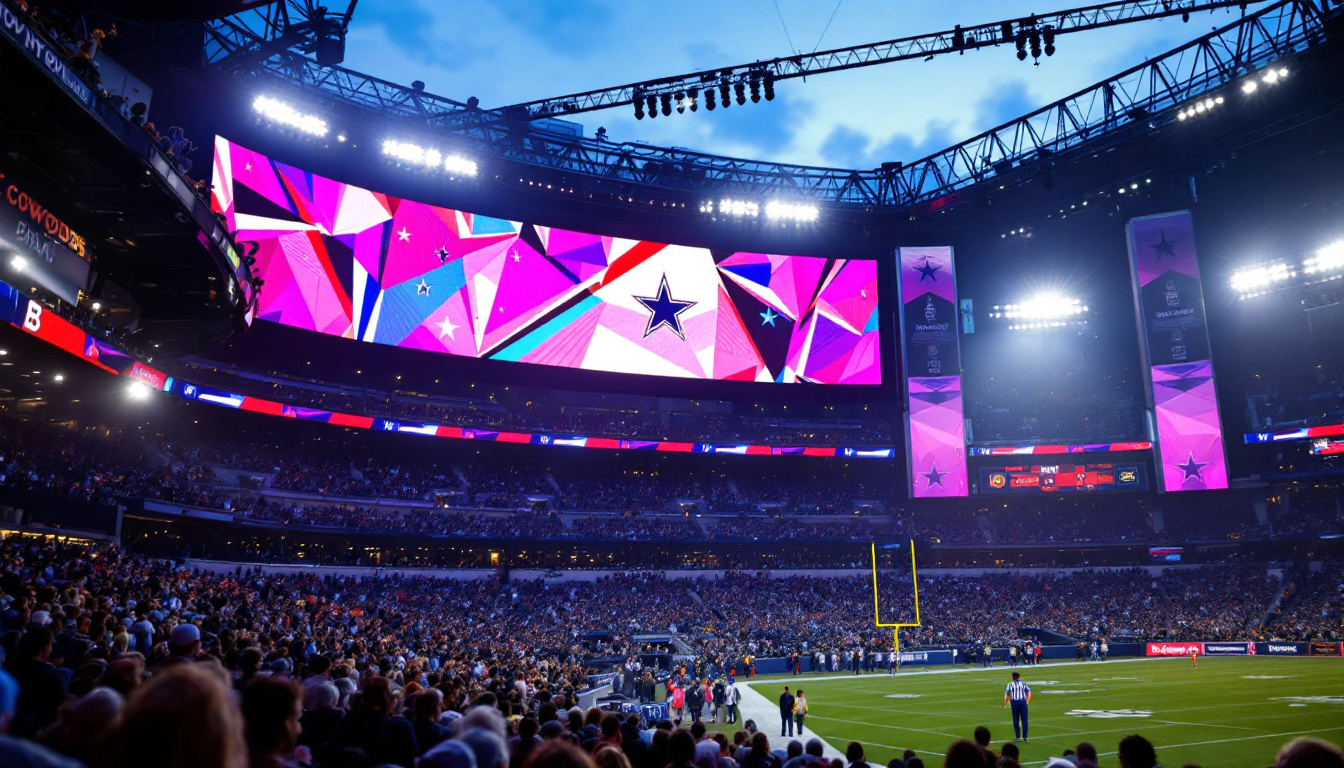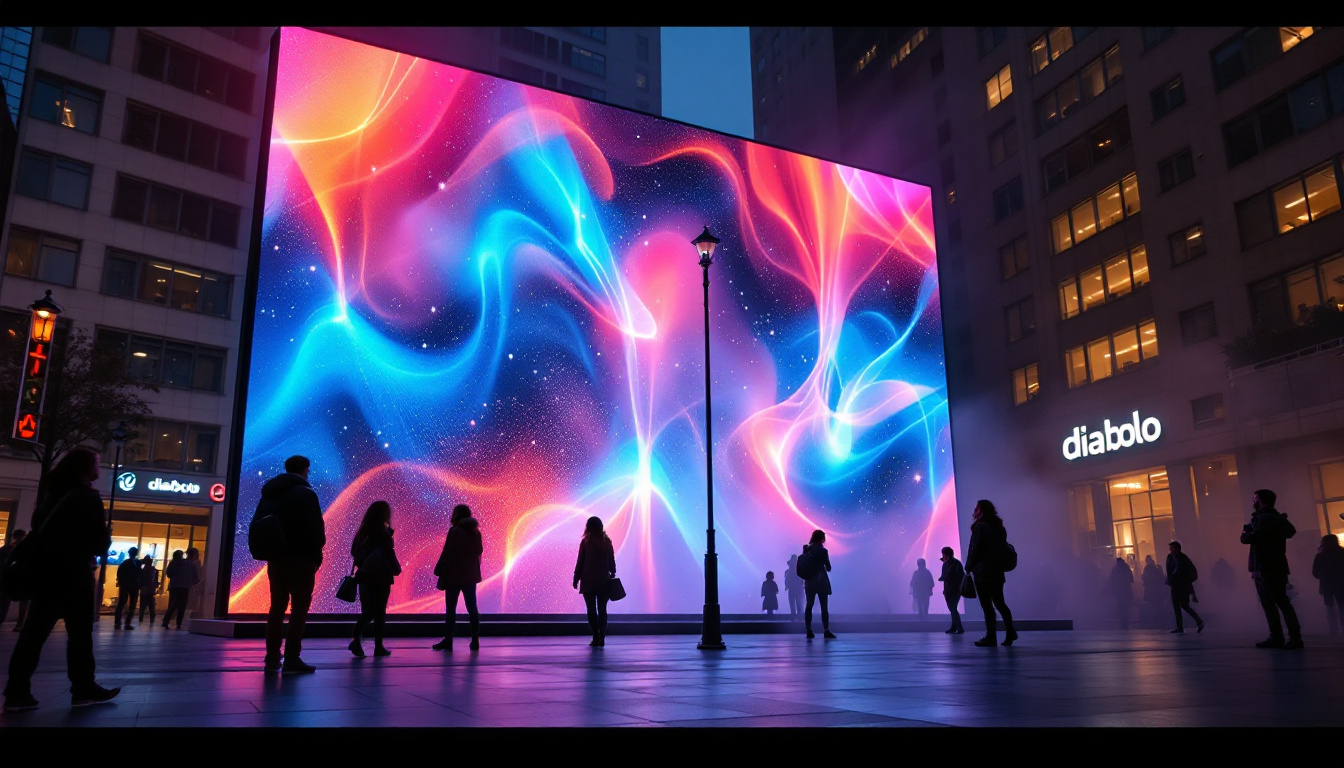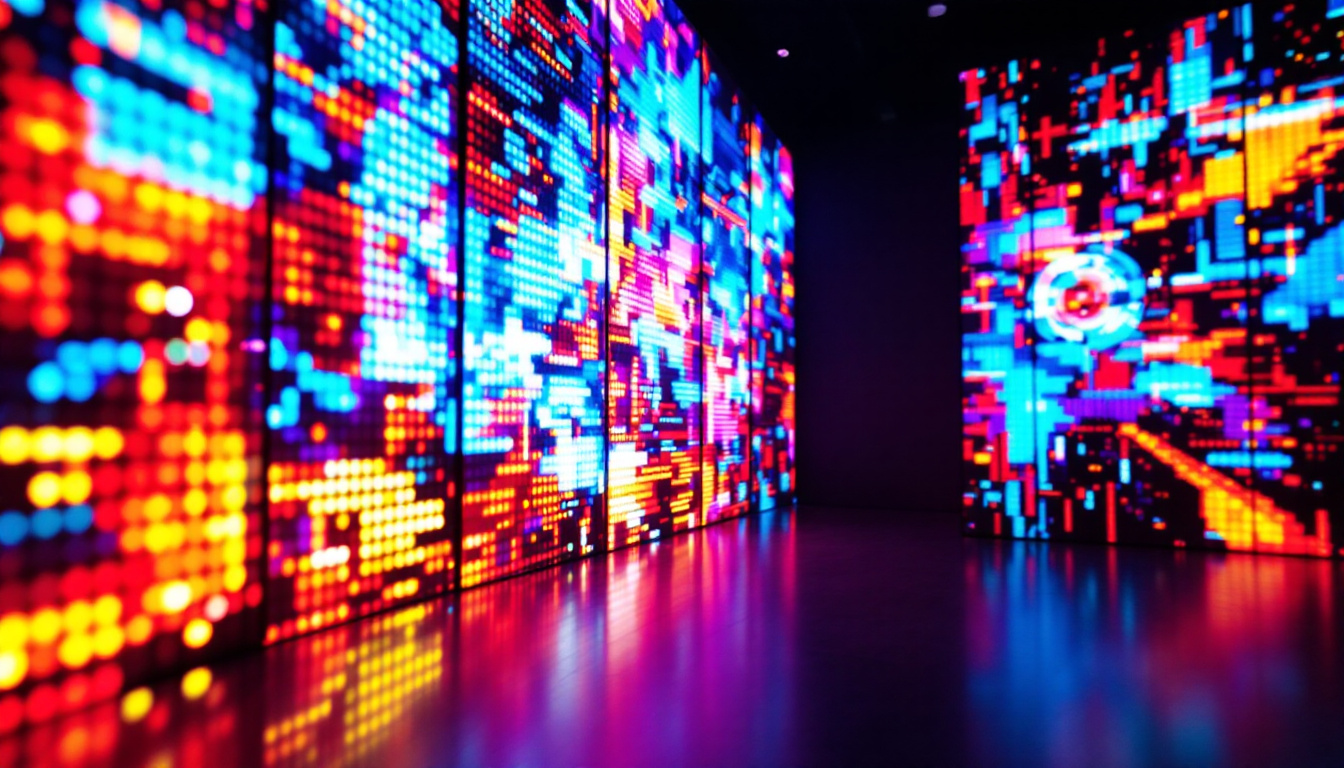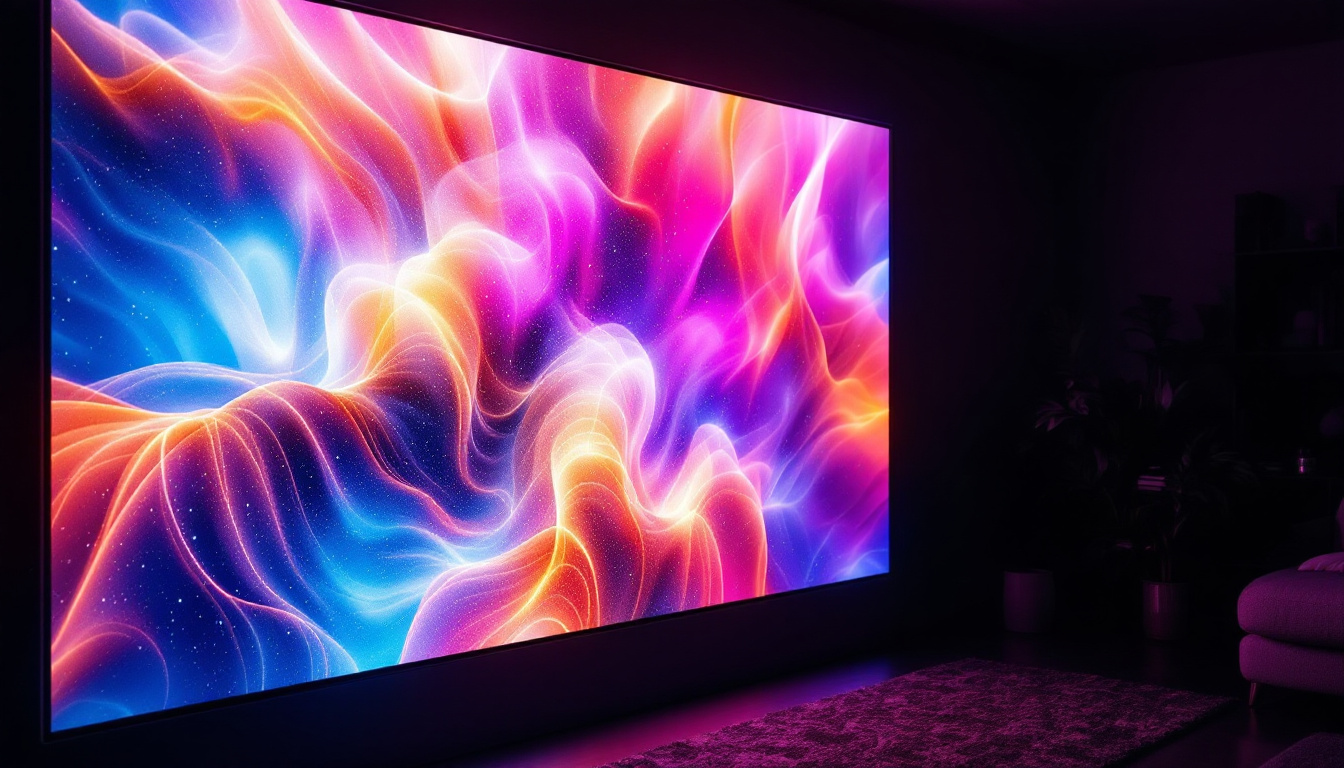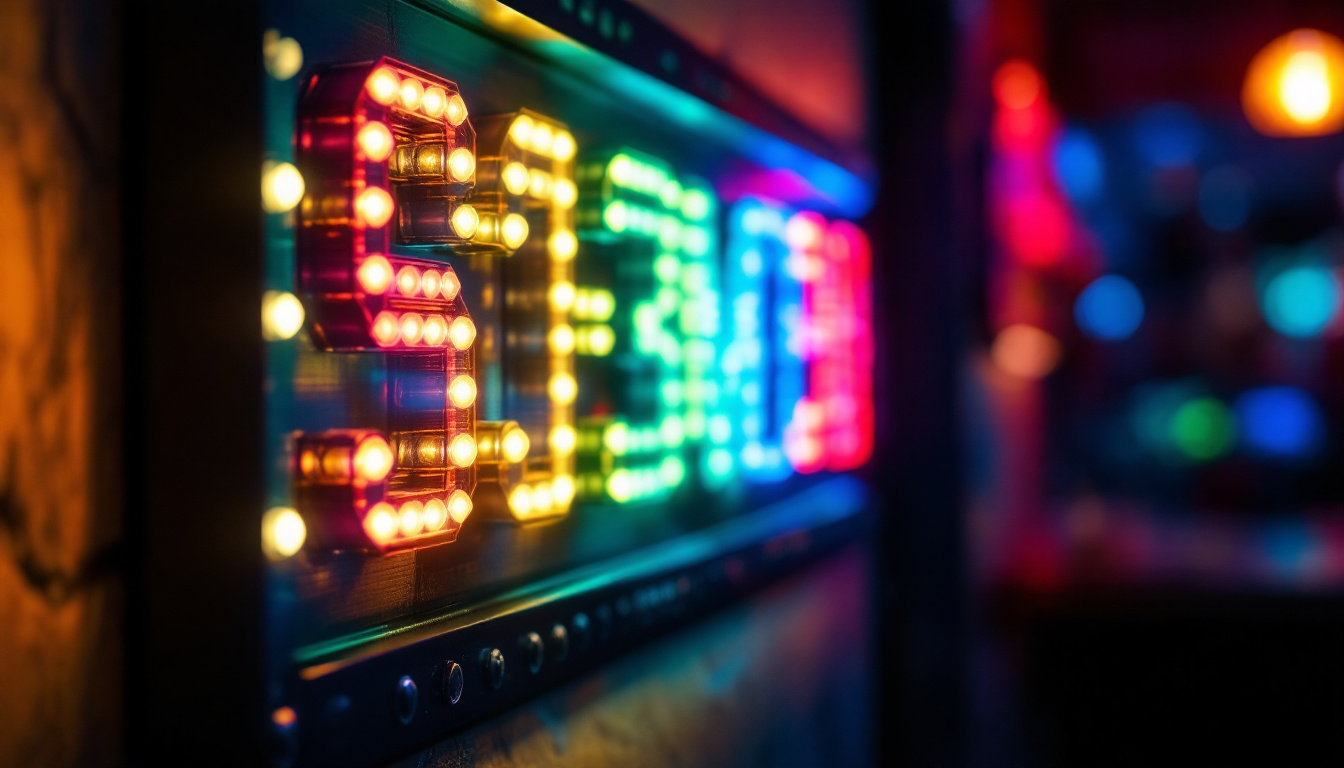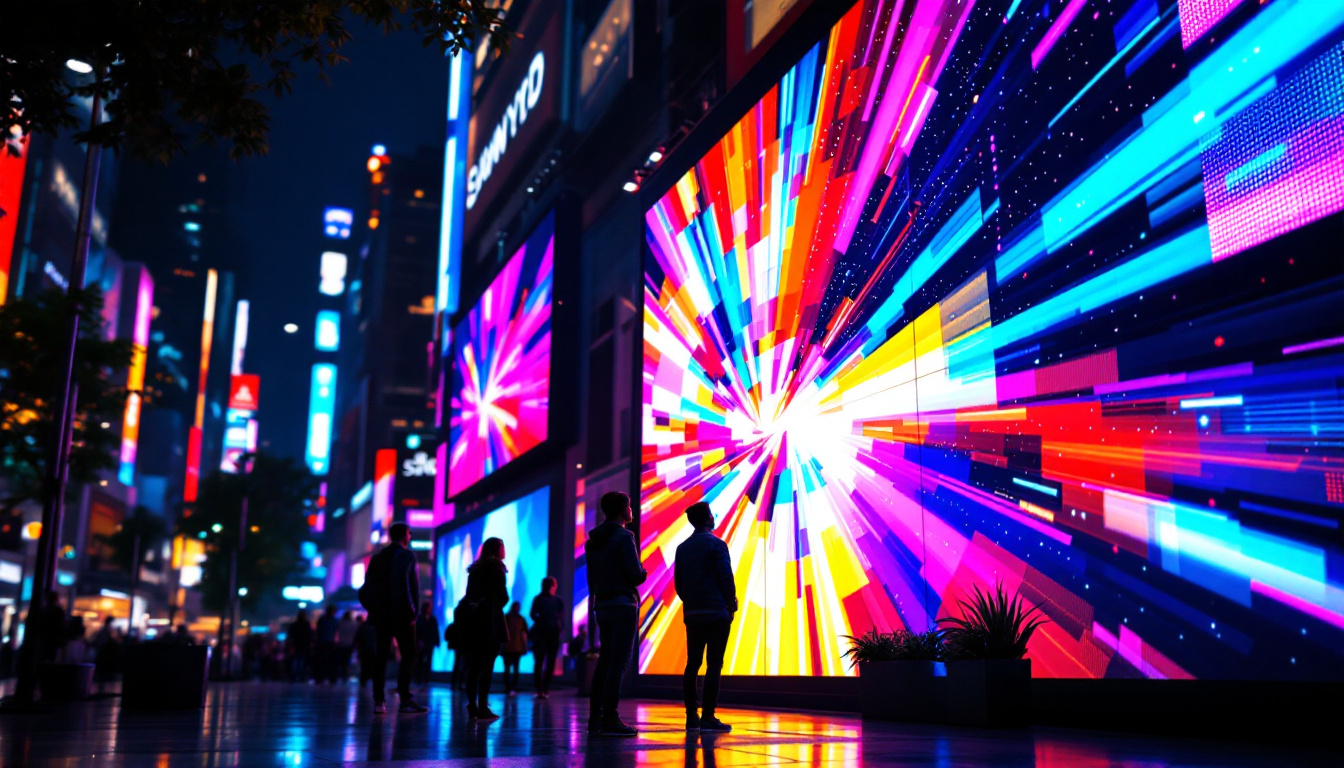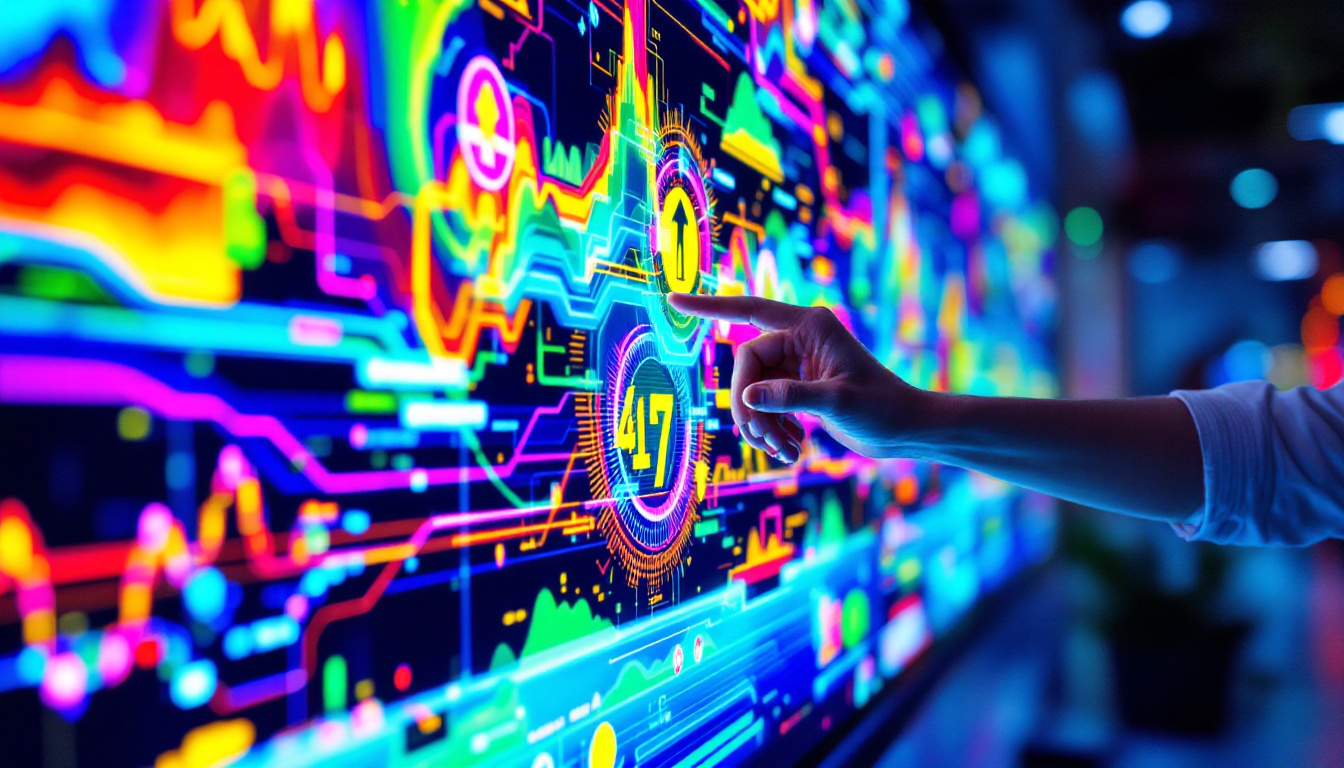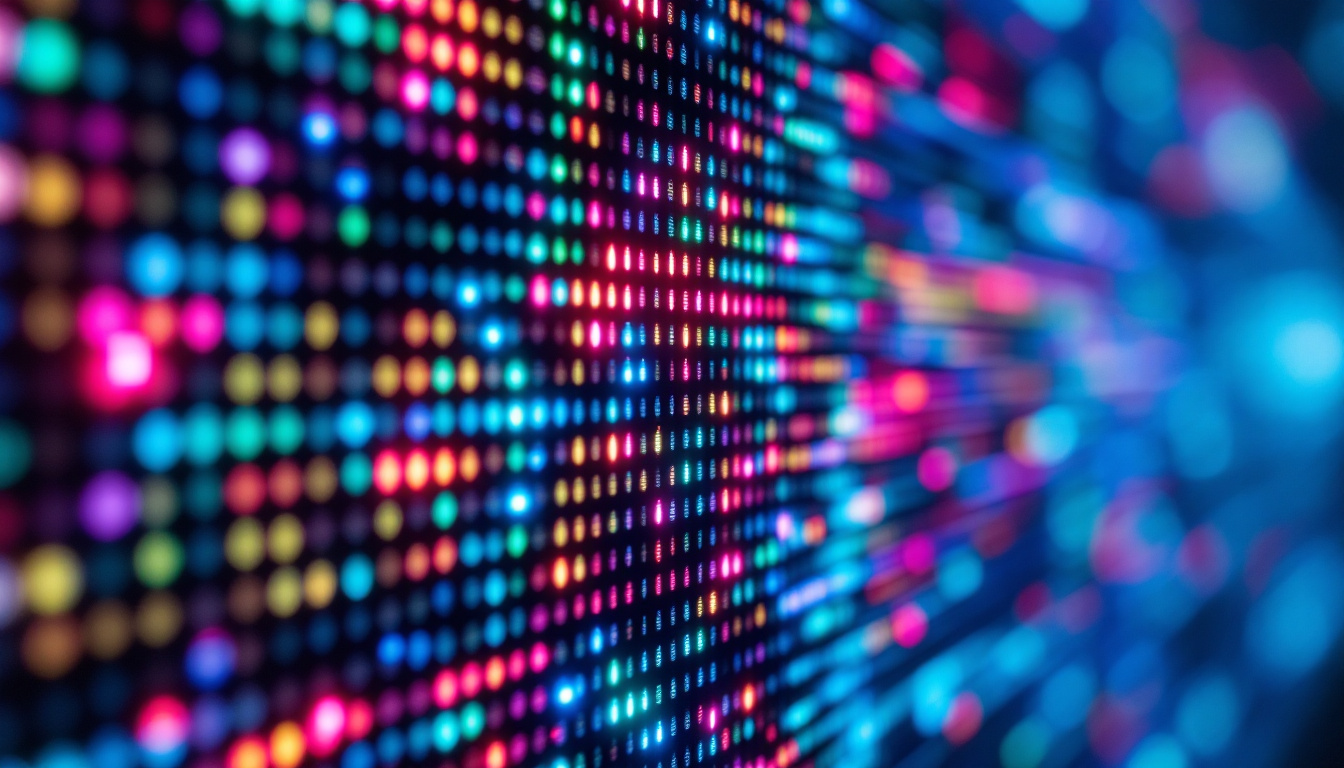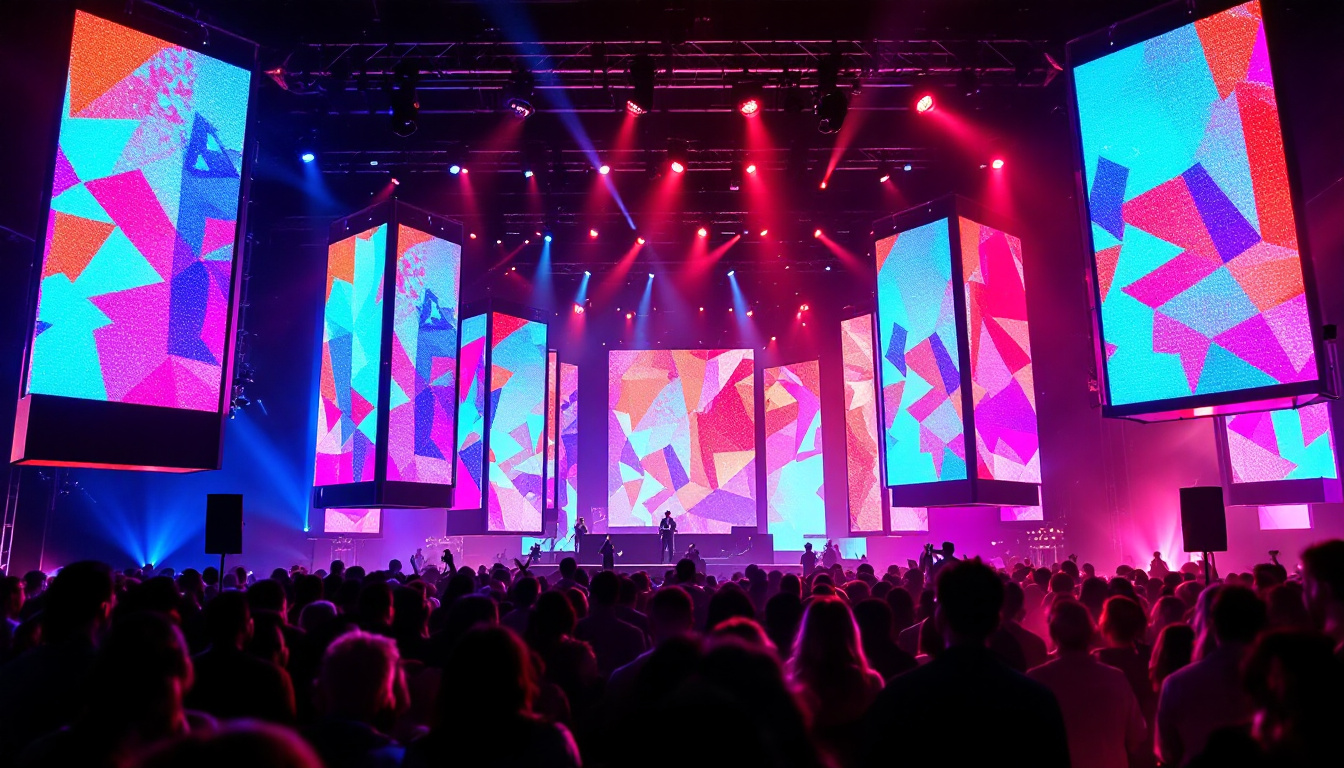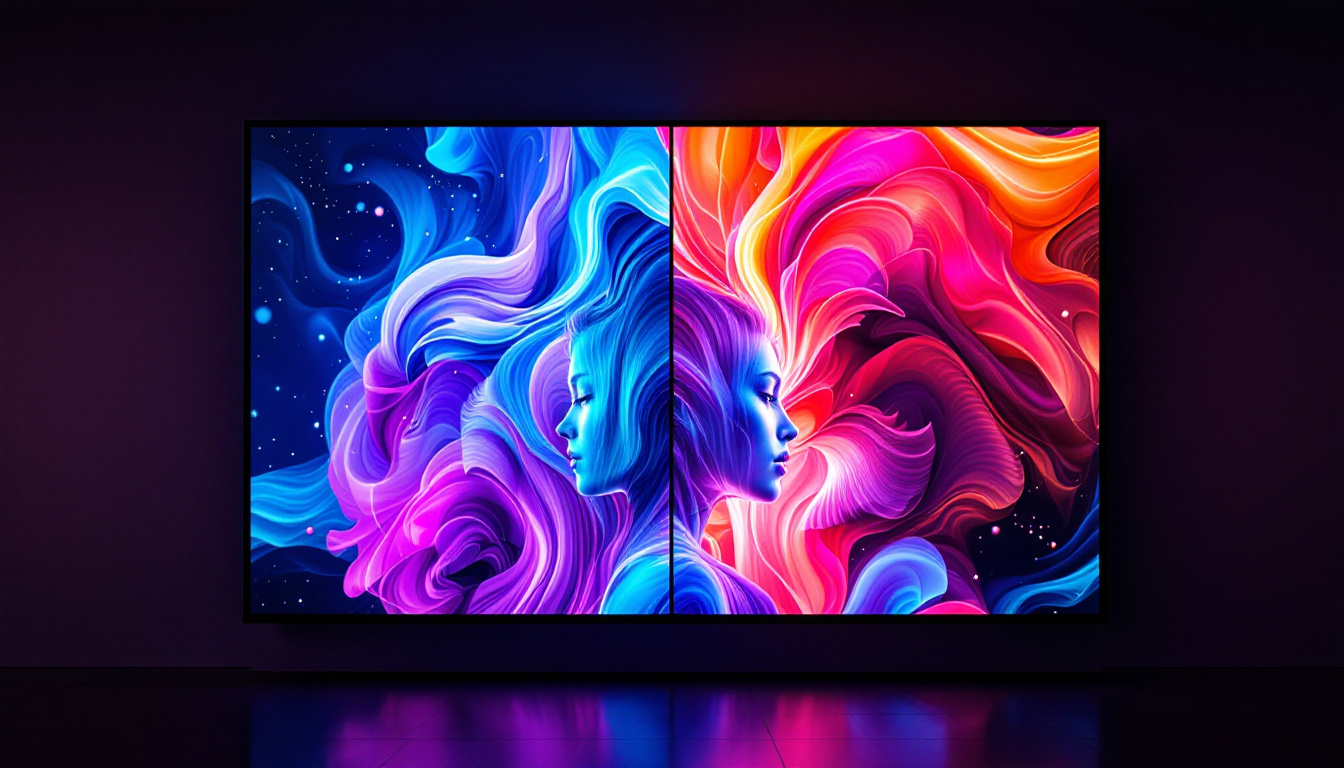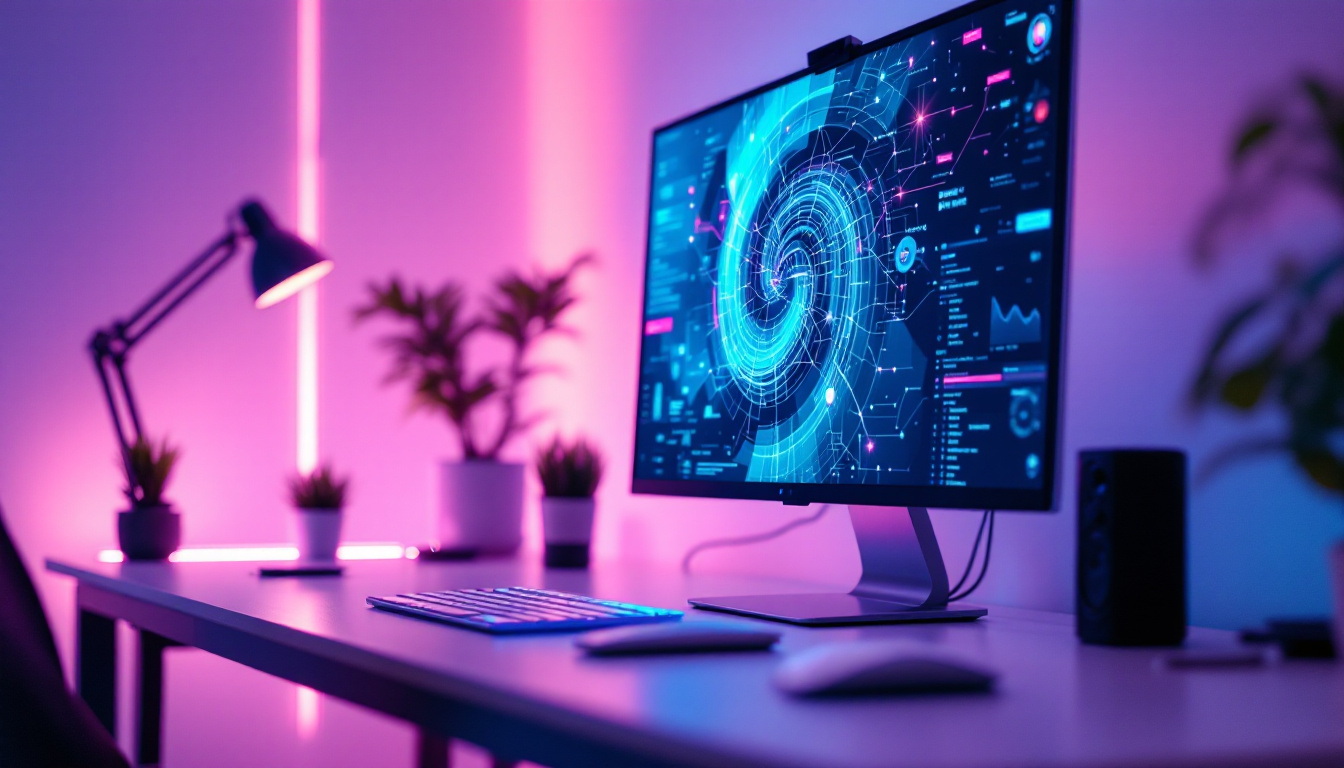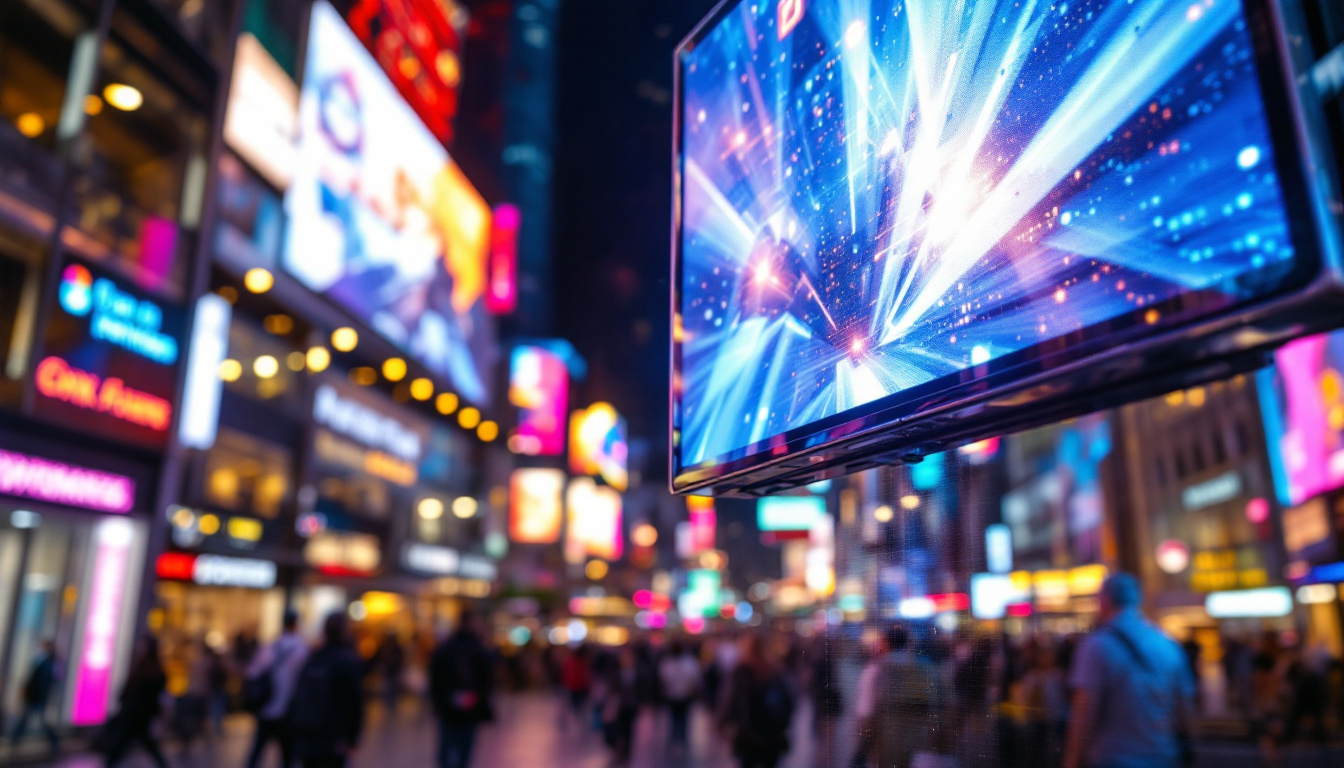In the world of modern advertising and digital communication, LED displays have become a staple. From vibrant billboards to dynamic event backdrops, LED technology offers unparalleled versatility and visual appeal. However, the effectiveness of these displays is heavily reliant on the software that drives them. This article delves into the intricacies of LED wall software, exploring its functionalities, benefits, and the technology behind it.
Understanding LED Displays
LED displays, or Light Emitting Diode displays, utilize an array of small, energy-efficient diodes to produce bright, colorful images and videos. Unlike traditional LCD screens, LED displays can be scaled to any size, making them ideal for both indoor and outdoor applications. Their ability to deliver high brightness levels ensures clear visibility even in direct sunlight, which is a significant advantage for outdoor advertising. Moreover, LED technology has evolved to include features such as dynamic content capabilities, allowing for real-time updates and interactive displays that engage viewers more effectively than static images.
In addition to their visual appeal, LED displays are also known for their energy efficiency. Compared to conventional lighting systems, LED technology consumes significantly less power, which not only reduces operational costs but also contributes to a lower carbon footprint. This eco-friendly aspect has made LED displays a popular choice for businesses looking to enhance their sustainability efforts while still achieving vibrant advertising and communication goals.
The Components of LED Displays
At the core of an LED display are three primary components: the LED modules, the controller, and the power supply. The LED modules consist of clusters of diodes that emit light in various colors. These modules are arranged in a grid format to create larger screens. The controller manages the data input and output, ensuring that the correct images and videos are displayed. Lastly, the power supply provides the necessary energy to keep the display operational. Additionally, many modern LED displays incorporate advanced cooling systems to prevent overheating, which can prolong the lifespan of the display and maintain optimal performance.
Furthermore, the integration of smart technology in LED displays has revolutionized their functionality. Many displays now come equipped with sensors that can adjust brightness levels based on ambient light conditions, ensuring that content is always visible without unnecessary energy consumption. This adaptability makes LED displays not only user-friendly but also highly efficient in various environments, from bustling city streets to quiet indoor settings.
Types of LED Displays
LED displays come in various types, each designed for specific applications. Common types include:
- Indoor LED Displays: These are typically used in venues such as theaters, shopping malls, and conference rooms. They offer high resolution and are designed for close viewing. Their ability to produce stunning visuals makes them a favorite for presentations and events where clarity is paramount.
- Outdoor LED Displays: Built to withstand weather conditions, outdoor displays are often used for advertising and public announcements. They are brighter and more durable than their indoor counterparts, ensuring that advertisements remain eye-catching even in adverse weather. Many outdoor displays also feature protective coatings to shield against UV rays and moisture.
- Transparent LED Displays: These innovative displays allow light to pass through, making them ideal for storefronts and exhibitions where visibility is essential. They create a unique viewing experience, allowing customers to see products behind the display while still being captivated by the dynamic content being presented.
Another emerging type is the flexible LED display, which can bend and conform to various shapes and surfaces. This versatility opens up new possibilities for creative installations in architecture and design, allowing for seamless integration into building facades or unique art displays. As technology continues to advance, the potential applications for LED displays seem virtually limitless, paving the way for even more innovative uses in the future.
The Role of LED Wall Software
LED wall software is the backbone of any LED display system. It controls the content, manages the display settings, and ensures seamless operation. The software is responsible for transforming static images and videos into dynamic visual experiences that can captivate audiences.
Key Features of LED Wall Software
Modern LED wall software comes equipped with a range of features designed to enhance functionality and user experience. Some of the key features include:
- Content Management: The software allows users to upload, schedule, and manage content remotely. This means that changes can be made in real-time, ensuring that the display remains relevant and engaging.
- Real-Time Monitoring: Users can monitor the performance of the display in real-time, receiving alerts for any issues that may arise, such as hardware malfunctions or connectivity problems.
- Multi-Source Input: The ability to integrate various input sources, such as live feeds, videos, and images, allows for more dynamic presentations.
Benefits of Using LED Wall Software
Investing in robust LED wall software can yield numerous benefits for businesses and organizations. These include:
- Enhanced Engagement: Dynamic content can capture the attention of passersby, leading to increased engagement and brand awareness.
- Cost Efficiency: Remote content management reduces the need for on-site personnel, saving time and labor costs.
- Flexibility and Scalability: As business needs change, the software can easily adapt to new content requirements or display configurations.
Choosing the Right LED Wall Software
With a plethora of options available, selecting the right LED wall software can be a daunting task. Several factors should be considered to ensure that the chosen software aligns with the specific needs of the display and the organization.
Compatibility with Hardware
One of the first considerations should be compatibility with the existing LED hardware. Not all software is designed to work with every type of LED display, so it is crucial to verify that the software can seamlessly integrate with the specific modules and controllers in use.
User-Friendly Interface
The software should feature an intuitive interface that allows users to navigate easily without extensive training. A user-friendly design can significantly reduce the time required to manage content and settings, making it accessible for all team members.
Support and Updates
Reliable customer support and regular software updates are essential for maintaining optimal performance. A good software provider will offer ongoing assistance and updates to ensure that the software remains compatible with new technologies and security standards.
Popular LED Wall Software Solutions
Several software solutions stand out in the market for their robust features and user satisfaction. These solutions cater to a variety of needs, from simple content management to advanced interactive capabilities.
Novastar
Novastar is a well-known name in the LED display industry, offering a comprehensive suite of software tools. Their solutions are designed for both indoor and outdoor displays, providing users with powerful content management capabilities and real-time monitoring features. Novastar’s software is particularly praised for its reliability and ease of use.
Watchout
Watchout is another popular choice, known for its advanced capabilities in multi-display setups. This software allows users to create stunning visual presentations that can span multiple screens, making it ideal for events and exhibitions. Its flexibility and robust feature set make it a favorite among professionals in the AV industry.
Resolume
For those looking to incorporate live video mixing and effects into their displays, Resolume is a top contender. This software is widely used in the entertainment industry for its ability to blend real-time video with pre-recorded content, creating immersive experiences for audiences. Its versatility makes it suitable for concerts, festivals, and corporate events.
Integrating LED Wall Software with Other Technologies
As technology continues to evolve, the integration of LED wall software with other systems has become increasingly important. This integration can enhance functionality and provide a more cohesive user experience.
Integration with Social Media
Many businesses are leveraging social media to engage their audiences in real-time. By integrating LED wall software with social media platforms, organizations can display live feeds, tweets, and user-generated content directly on their displays. This not only fosters interaction but also keeps the content fresh and relevant.
Interactivity and Audience Engagement
Incorporating interactive elements into LED displays can significantly enhance audience engagement. Software that supports touch screens or mobile app integration allows viewers to interact with the content, creating a more immersive experience. This is particularly effective in retail environments, where customers can browse products or access promotions directly from the display.
Data Analytics
Advanced LED wall software can also integrate with data analytics tools to measure the effectiveness of displayed content. By analyzing viewer engagement metrics, businesses can refine their strategies and optimize content to better resonate with their target audience.
Future Trends in LED Wall Software
The landscape of LED wall software is continually evolving, driven by advancements in technology and changing consumer expectations. Several trends are emerging that are likely to shape the future of this industry.
AI and Machine Learning
Artificial Intelligence (AI) and machine learning are poised to revolutionize LED wall software. These technologies can analyze vast amounts of data to predict viewer preferences and optimize content delivery accordingly. As AI becomes more integrated into software solutions, users can expect more personalized and engaging experiences.
Increased Focus on Sustainability
As environmental concerns grow, there is a rising demand for sustainable technology solutions. LED wall software will likely evolve to incorporate energy-efficient practices and materials, reducing the overall carbon footprint of digital displays. This shift not only benefits the environment but can also lead to cost savings for businesses.
Enhanced Connectivity
The rise of the Internet of Things (IoT) is set to enhance connectivity between LED displays and other devices. This interconnectedness will enable more sophisticated content delivery and real-time updates, creating a more dynamic and responsive display environment.
Conclusion
LED wall software plays a crucial role in maximizing the potential of LED displays. By understanding its functionalities, benefits, and future trends, businesses can make informed decisions that enhance their communication strategies. As technology continues to advance, the integration of innovative features will likely redefine how audiences interact with digital displays, paving the way for exciting developments in the industry.
Investing in the right LED wall software is not just about managing content; it is about creating engaging experiences that resonate with audiences and drive results. As the demand for high-quality visual communication grows, the importance of effective LED wall software will only increase, making it an essential component of any modern marketing strategy.
Discover LumenMatrix’s Innovative LED Display Solutions
Ready to elevate your visual communication strategy with cutting-edge LED technology? LumenMatrix offers a comprehensive range of LED display solutions tailored to your unique needs. From Indoor and Outdoor LED Walls to Custom and Transparent Displays, our products are designed to captivate your audience and amplify your brand’s message. Experience the future of digital signage with LumenMatrix and create unforgettable visual experiences. Check out LumenMatrix LED Display Solutions today and transform the way you connect with your audience.

